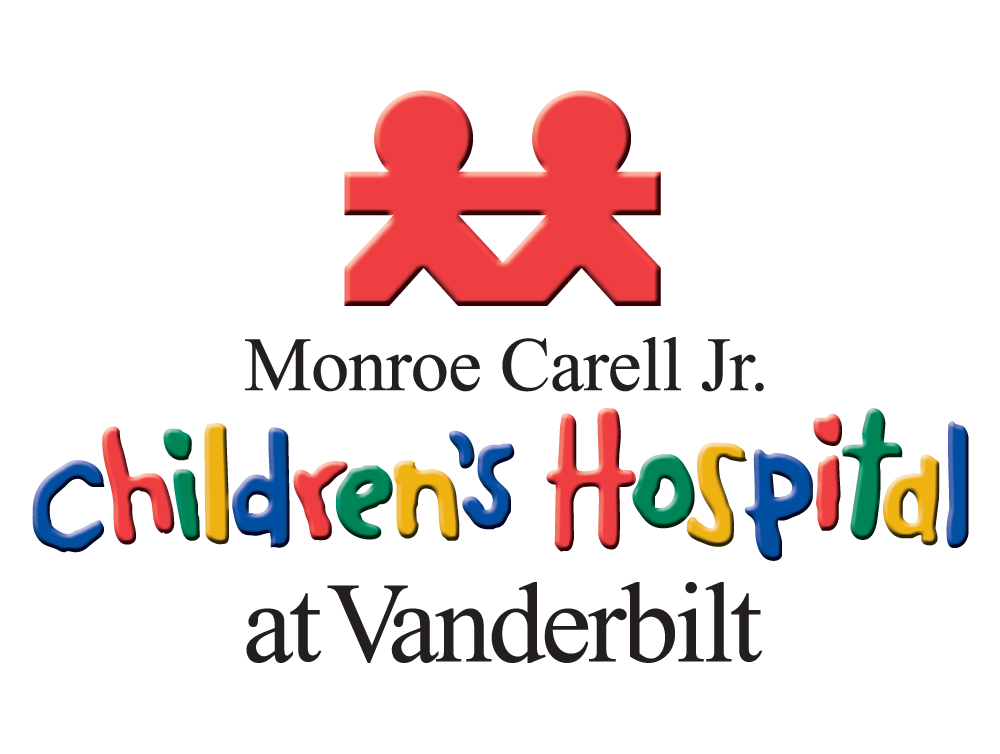Medical advancements are increasing survival rates for childhood cancers, as are stem cell treatments for a variety of health conditions such as sickle cell, multiple sclerosis and genetic metabolic disorders.
However, many treatments come with a risk for gonadotoxic consequences that may affect fertility later in life, explained Mary Romano, M.D., M.P.H., an associate professor and adolescent health specialist at Monroe Carell Jr. Children’s Hospital at Vanderbilt.
“It’s amazing that there are childhood illnesses that we can treat now, but there are downstream effects to these treatments, such as impacts on fertility. These are conversations that need to take place with patients and families.”
A Global Conversation
Some treatments carry a significant risk of infertility for young men and young women. Other medications have less known effects on future reproductive health.
Last year, Romano was named president of the North American Society of Pediatric and Adolescent Gynecology. The group recently co-developed an advocacy statement with its international counterpart, the Federation Internationale de Gynecologie Infantile et Juvenile.
In it, the groups urge oncologists to consider fertility preservation measures prior to administering any gonadotoxic treatment. This can include freezing eggs or sperm before treatment or, more simply, shielding reproductive organs during radiation. These measures can help minimize risks to fertility. However, they are not universally available or applied, Romano said.
“Fertility preservation can be resource-intensive and even controversial,” she said. “That’s why it was important to include our international colleagues. Their challenges may be different from ours, both governmentally and in terms of service delivery.”
Universal Considerations
A shared goal of the professional societies is to support reproductive health services for all – regardless of a person’s socioeconomic status or country of origin.
“It’s important for us in the United States, when we do advocacy work, to think outside of our borders. We should not assume that other countries have the same resources or processes in place, and that might require a different approach.”
Tailored Care Essential
While the need to minimize gonadotoxicity is recognized in specialty settings such as oncology, it’s not the standard of care.
“Medicine has evolved to be more nuanced. Initially, when we had medications that were gonadotoxic, we came in with guns blazing,” Romano said. “As time went on, we found there are ways to adjust treatment.”
Now, both societies encourage consideration of options that may lower risks to fertility. This includes training providers in fertility preservation and educating patients about the impact of their treatment or medical condition on future fertility. They also recommend developing an individualized care plan for each patient.
“We can’t make assumptions that a person’s fertility is somehow less important than their disease, even if it seems they are too young to fully appreciate that,” Romano said.
Access Advocacy
The bigger conversation is with legislators and insurance carriers. Romano says fertility preservation is not always covered.
In their statement, Romano and colleagues push for more resources, including funding for tissue storage, oncofertility coordinator networks, better referral pathways and reproductive outcome measures in clinical trials.
“The move has to be to make that standard of care. It is less about advancing technologies and more about advancing access to these services,” Romano said.
“It is less about advancing technologies and more about advancing access to these services.”
Systems-level change will require everyone’s participation, she added. Romano encourages pediatric and adolescent health providers to consider: “What is our institution doing to ensure equitable access to these services for anyone who might need them?”
A Pervasive Challenge
The advocacy statement isn’t the first time Romano has championed a call for policy improvements. She has co-authored a report highlighting sex and gender differences in current hypertension guidelines.
That report found such guidelines varied widely in both availability and depth of content. When gender was included in hypertension recommendations, pregnancy was the sole focus.
“There was limited coverage, if any, of any other life periods or risks that are specific to women,” Romano said.
“We have to have the relevant persons at the table. If we’re crafting guidelines about treating hypertension in women, for example, we need to have women involved.”
Romano also encourages a critical eye from providers.
“When you read research articles, do they hash out the recommendations so that there are differences between different identities? If they don’t, do they say that’s because they’ve done the research and those differences don’t exist, or did they fail to include that in their research?”





